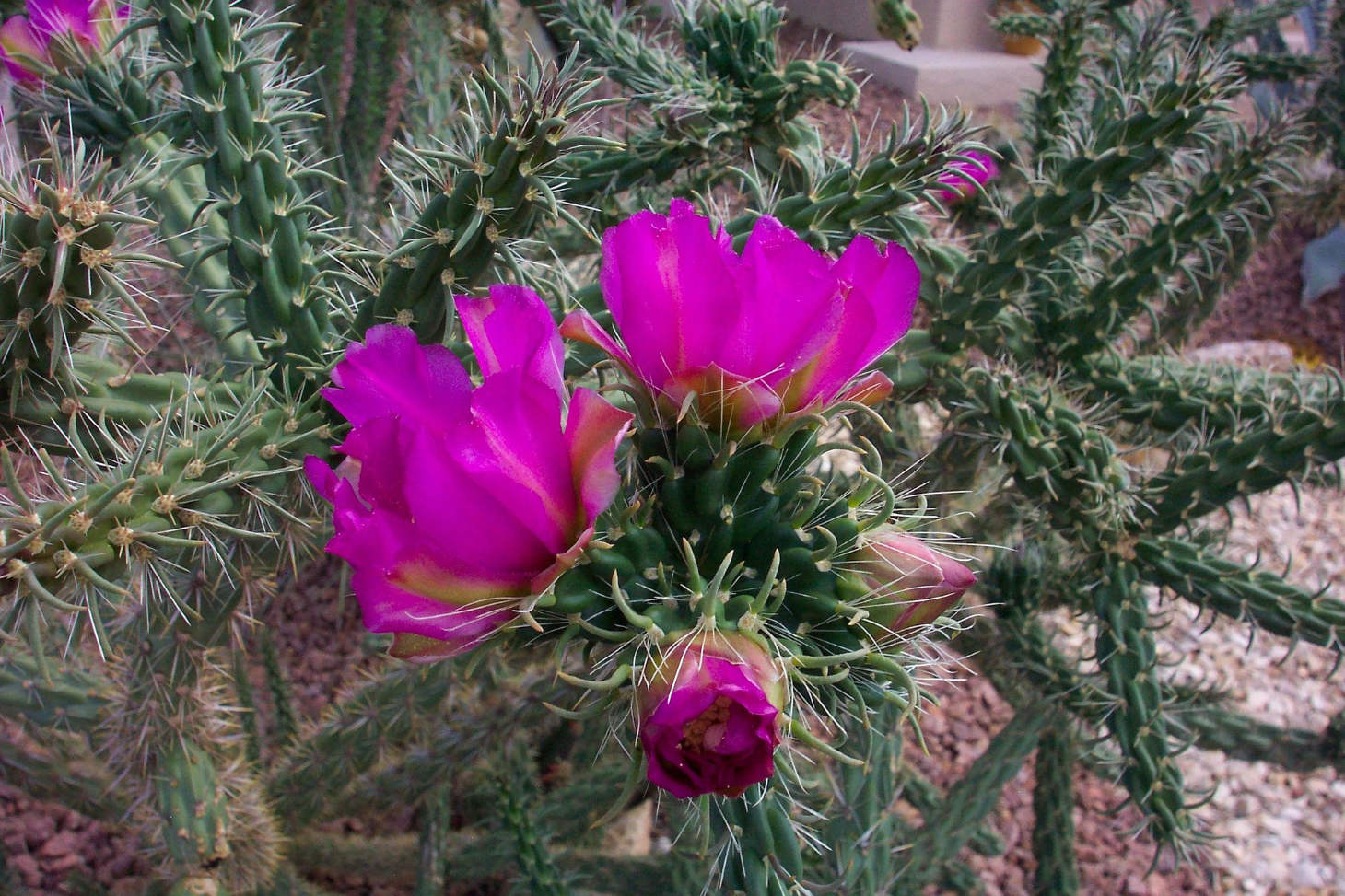Do All Cactus Bloom?
Cactus plants are well-known for their tough looks and unique shapes, but many people wonder if all cactus types actually bloom. Every cactus has the ability to produce flowers, but not all will bloom easily or often in your home. Some cacti need perfect care, certain temperatures, or specific light to show their blooms.
In nature, cactus flowers play a key role in helping these plants reproduce. You might notice that some cacti only bloom under certain conditions or during certain seasons, which makes catching these rare flowers special for any plant lover.
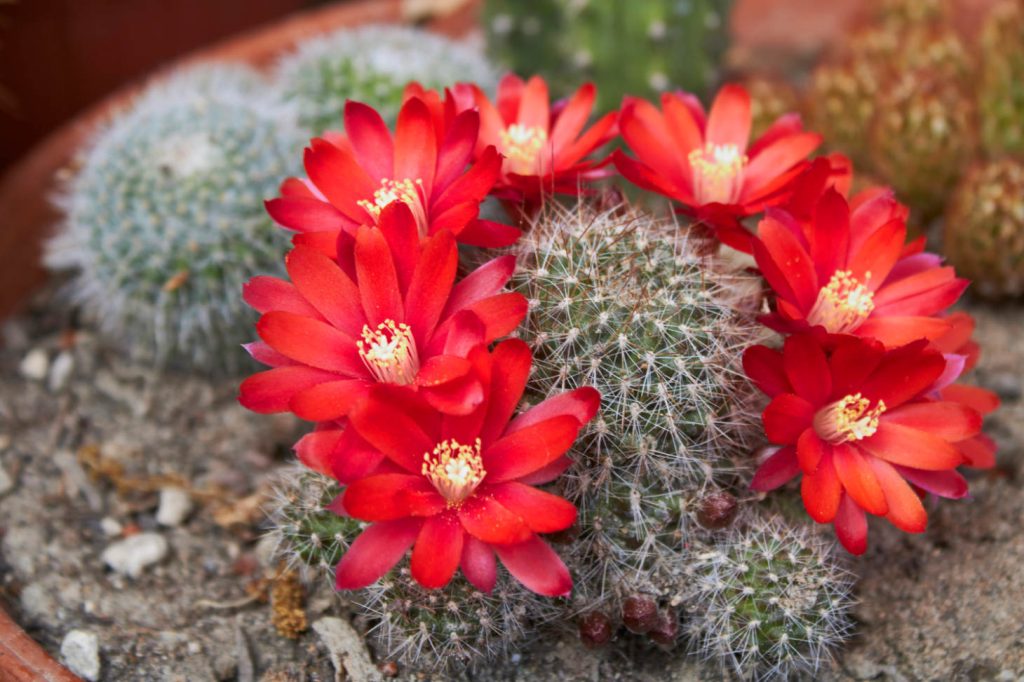
Key Takeaways
- Every cactus species can flower, but not all do so easily.
- Proper care and the right conditions affect whether your cactus will bloom.
- Cactus blooms are important for the plant’s life and reproduction.
Do All Cactus Species Bloom?
All cactus species can produce flowers, but blooming depends on specific conditions. Some may take many years to flower, and a few grown in unusual environments may never bloom at all. The type of cactus, care, and age all play a role.
Cactus Flowering Cycles
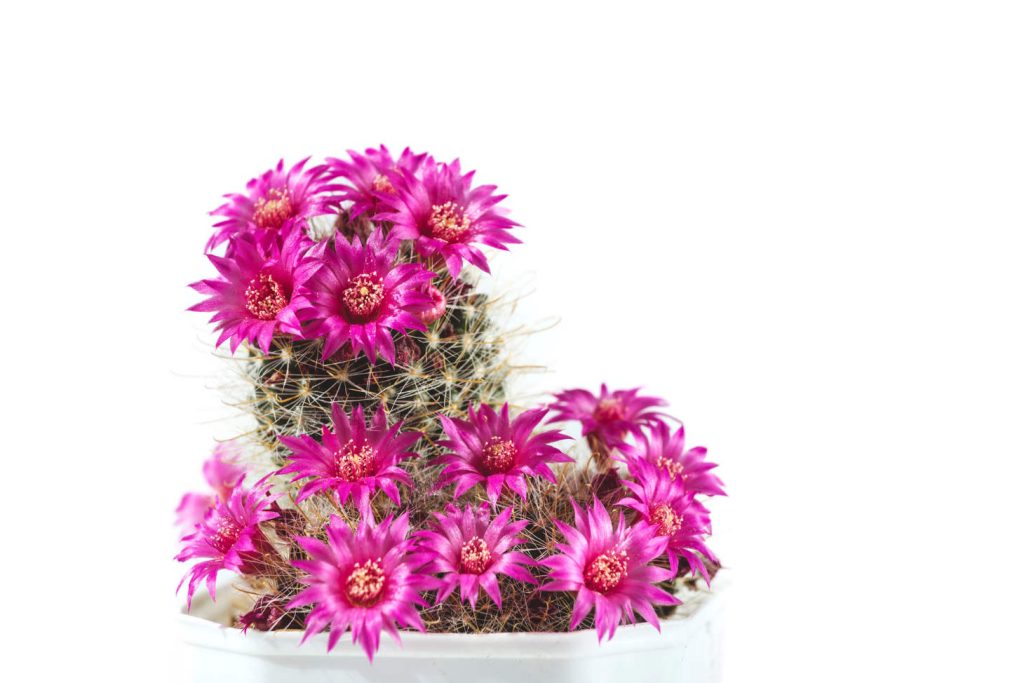
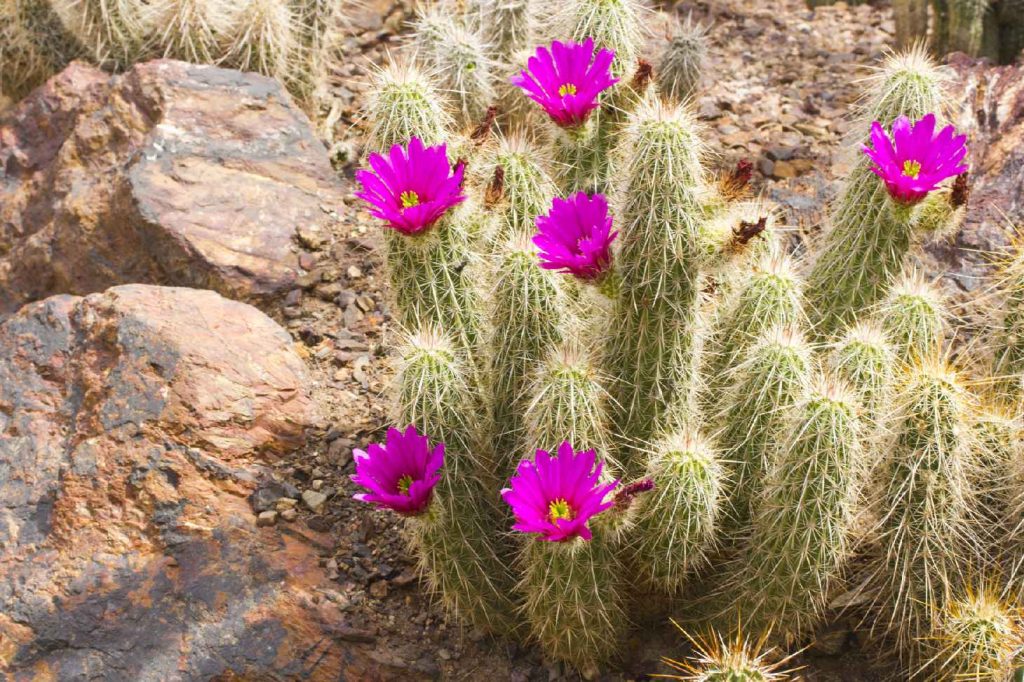
Most cacti have a clear flowering period linked to their natural growing season. For example, Mammillaria and Hedgehog cactus tend to bloom in early spring, often producing colorful, small flowers. Other cacti, such as Echinopsis, may show off large, showy blossoms during late spring or summer.
A cactus needs enough sunlight, a dormancy period in cooler months, and proper watering. Without these, your cactus might not flower. Certain types, such as the Beavertail prickly pear, typically bloom in spring and early summer.
Some species only bloom at night, such as the Queen of the Night, while others have blooms that last just one day. Each type has a rhythm that depends on climate and care.
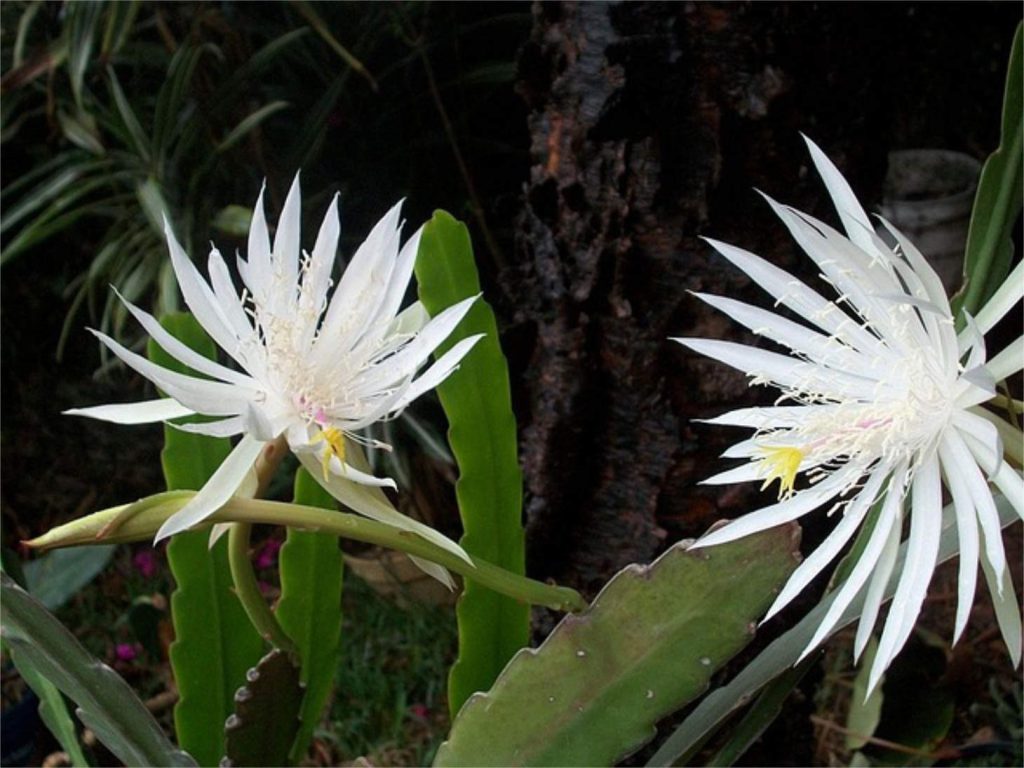
Varieties That Rarely or Never Bloom
Some cactus species bloom less often, especially if grown indoors. Saguaros are famous for taking decades before their first flower appears.
Very small, young, or stressed cacti may also never flower. Without proper light, temperature, or dormant periods, some cacti will only grow and never produce flowers. If you’re keeping your cactus as a houseplant, it may take a long time to bloom, but with proper care and maturity, they can bloom in your care.
Table: Examples of Slow or Rare Bloomers
| Cactus Type | Typical Bloom Time |
|---|---|
| Saguaro | 30+ years old |
| Pincushion cactus | 3 to 5 years after germination |
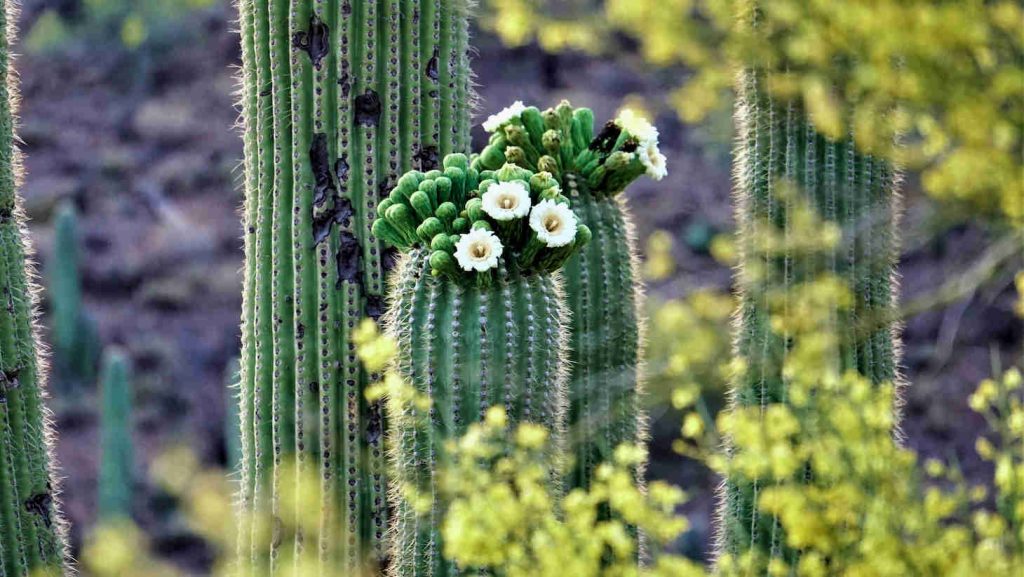
Unique Blooming Traits of Different Genera
Cacti from different genera have distinct flower shapes, sizes, and blooming habits. For instance, Echinopsis species can have huge, fragrant flowers, while Mammillaria produces rings of tiny, clustered blooms. Beavertail prickly pear develops bright pink or purple flowers in spring.
Some cacti, such as the Hedgehog cactus, have spiky, colorful blossoms that stand out in desert landscapes. Differences also include the time of day when blooms open. Some, like the Queen of the Night, bloom only during nighttime hours and wilt by morning.
Understanding which genus your cactus belongs to can help you know what to expect from the flowering process, both in looks and in timing. This knowledge makes it easier to meet their specific needs and encourage blooming.
Factors Affecting Cactus Flowering
Cactus flowering depends on age, light, soil, watering, and local climate. Your cactus may not bloom if any of these needs are not met at the right time or in the right amount.
Maturity and Age Requirements

Not every cactus blooms at a young age. Most species need to reach a certain level of maturity before producing flowers.
Smaller or newly propagated cacti often will not flower until they get bigger and older. Some cacti, such as the Saguaro found in the Sonoran and Mohave Deserts, may take 10 years or more to bloom.
The size at which a cactus flowers depends on its species. Some grow quickly and bloom in just a few years, while others need decades. If your cactus isn’t blooming, it may just need more time to mature.
Light and Sunlight Exposure
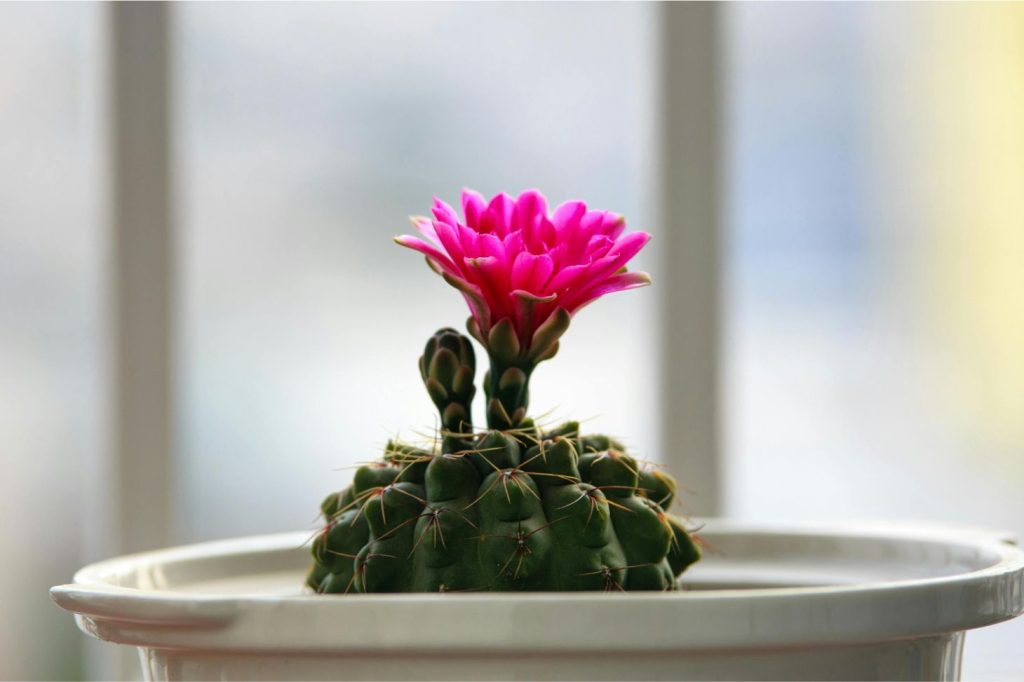
Cacti need plenty of sunlight to bloom well. Most desert cacti require direct sunlight for several hours each day to produce flowers.
Indoors, place your cactus in a south-facing window or use grow lights if needed. Without enough light, flower buds may not develop or may simply fall off.
In natural habitats like Tucson or other parts of the Sonoran Desert, cacti are exposed to strong, direct sun most of the year. Try to give your cactus conditions that match its native climate for best results.
Soil, Watering, and Climate
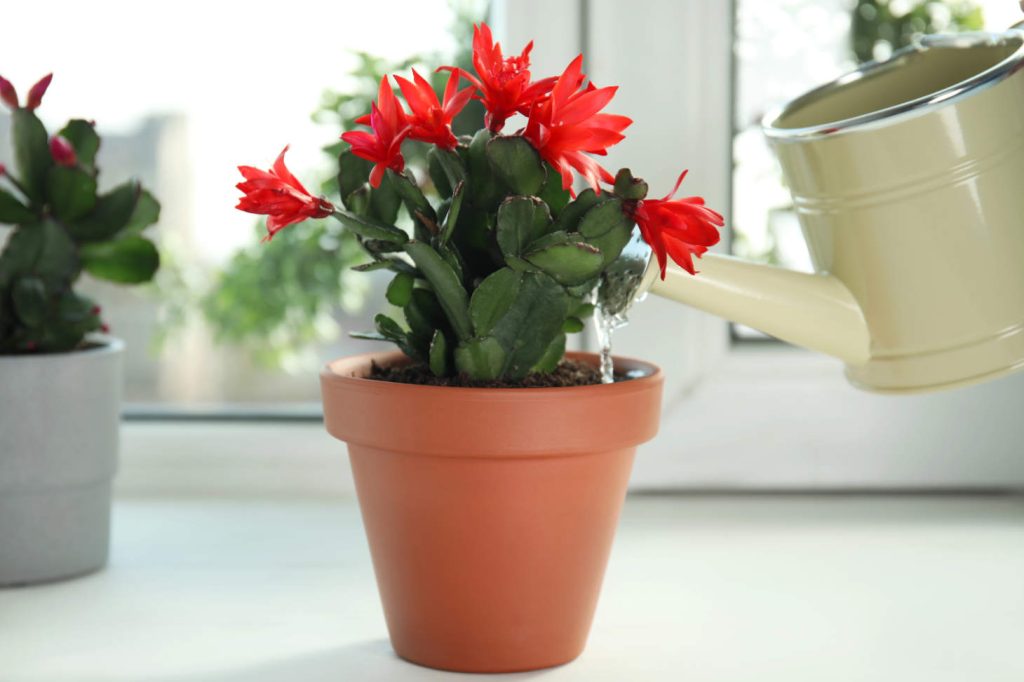
For successful flowering, your cactus must have well-draining soil. Cacti do not like to sit in water, so a gritty, sandy mix is best.
Watering is also important. During the flower bud stage, cacti should not get too dry. In their natural environment, some cacti bloom after winter rain or short wet periods. Let the soil dry out between waterings, but avoid long droughts during the growing season.
Climate matters as well. In dry regions like the Mohave or Sonoran Deserts, cacti are adapted to survive with very little water. However, many still need slightly higher moisture for successful flowering. Adjust your care to fit your local conditions and the cactus species.
Seasonal Influences and Dormancy
Cacti have growth cycles that include periods of dormancy and active growth. Flowering usually occurs after a dormancy period, often in spring or early summer.
Seasonal temperature changes, such as cooler winter nights, combined with shorter daylight hours, help cue the cactus that it’s time to bloom. For many species, the shift from cooler nights and less water in winter to warmer and wetter conditions triggers blooming.
Most cacti will not bloom if they do not experience some form of dormancy. During this time, reduce watering and let the plant rest. When you resume regular care in spring, the cactus becomes ready to produce buds and flowers.
The Role of Blooms in Cactus Life Cycle
Cactus blooms play a direct part in how these plants reproduce and stay alive as a species. Blooms do more than just look nice, they serve important roles in attracting pollinators and helping cacti make seeds and fruit.
Reproduction and Pollination
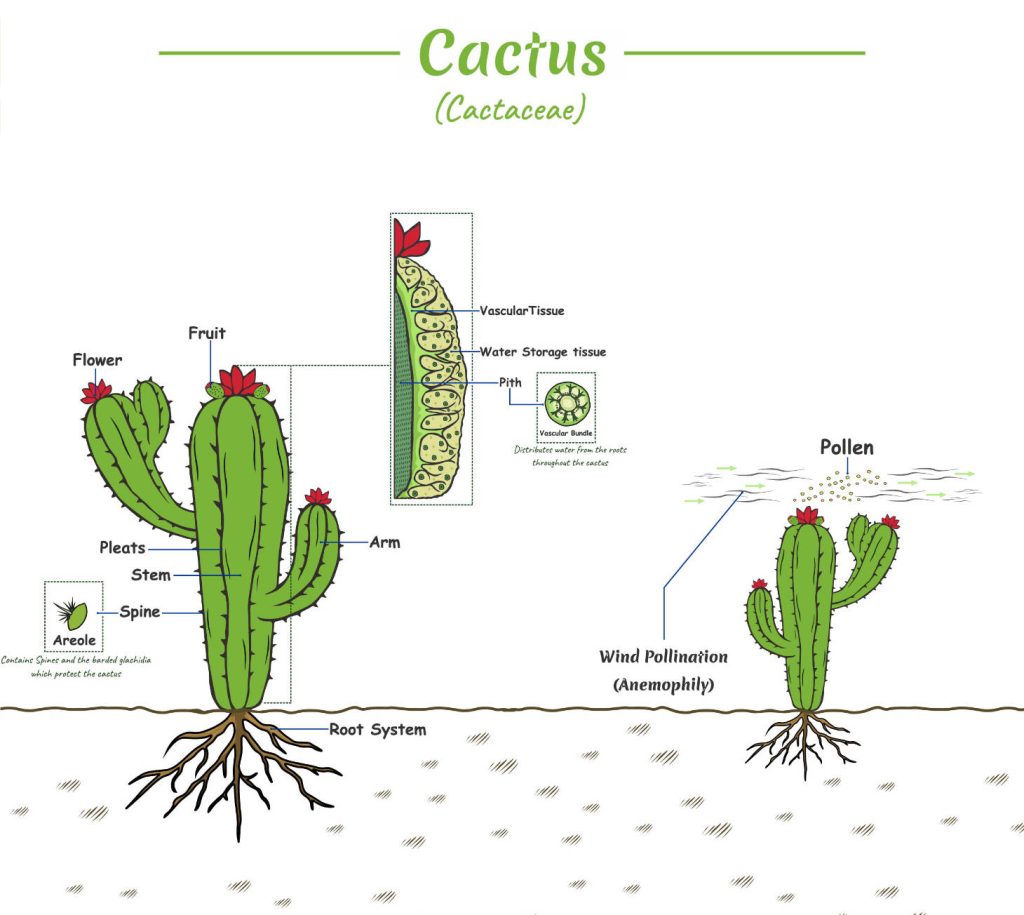
Cactus flowers are the main way cacti reproduce. Each bloom creates pollen and is designed to attract animals and insects. These pollinators include bees, bats, birds, and even some small mammals, depending on the species.
When a pollinator visits a flower for nectar or pollen, it picks up pollen from one flower and moves it to another. This process is called cross-pollination. Cross-pollination is needed for most cactus species to make healthy seeds. Without this step, you may see flowers but no seeds or fruit.
Some cacti can self-pollinate, but most do better when pollen comes from other plants. Flowering is a clear sign your cactus is healthy and ready to reproduce. Once pollination happens, the cactus can start to form fruit that holds seeds for the next generation.
Nectar and Fruit Production
Cactus flowers make nectar, which acts as a food reward for pollinators. Nectar is produced deep inside the flower, so animals must brush against the pollen to get to it. This increases the chances of moving pollen from one flower to another.
After pollination, many cacti produce fruit. These fruits can be small or large, firm or soft, and they contain seeds. Both nectar and fruit play an important role in the ecosystem. Nectar feeds pollinators while cactus fruit provides food for birds, insects, and even people.
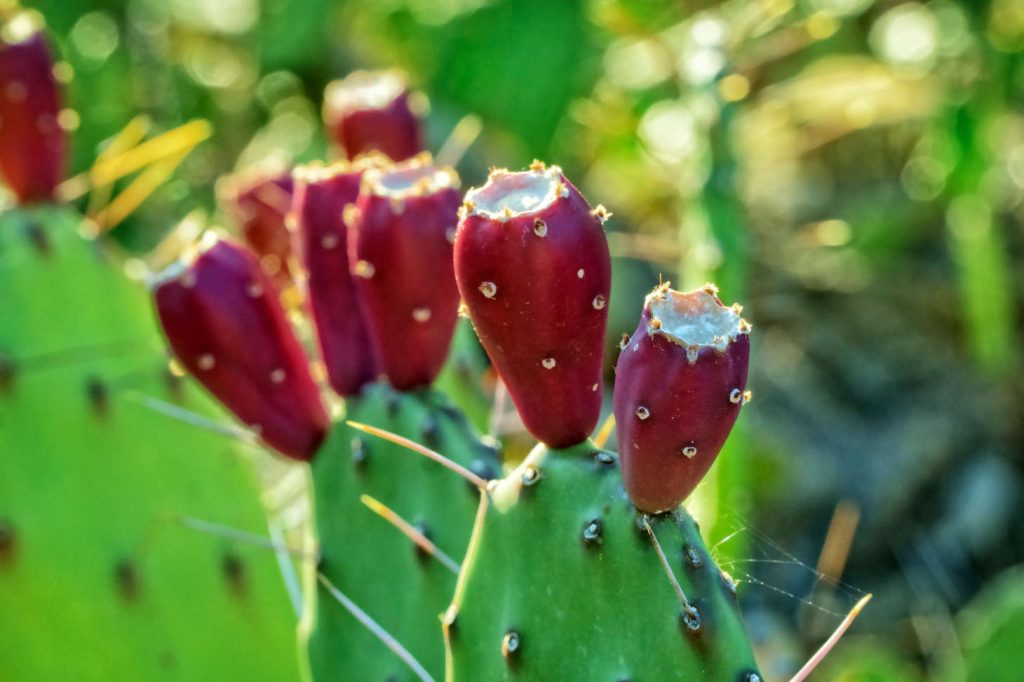
For example, the saguaro cactus makes sweet nectar at night to attract bats. Once the fruit is ripe, it holds hundreds of seeds that can start new cactus plants. This cycle of flowering, pollination, nectar, and fruit is key for cactus survival and reproduction.

